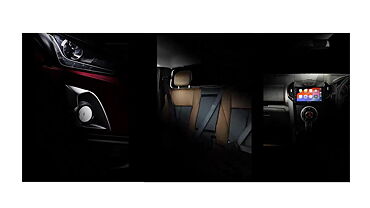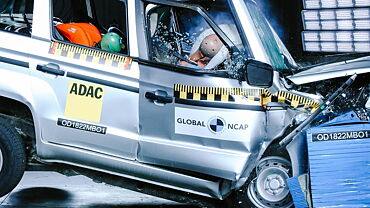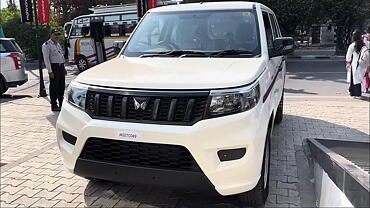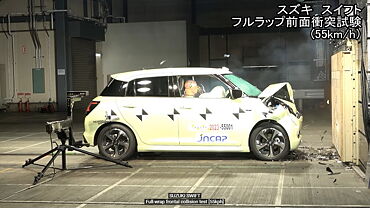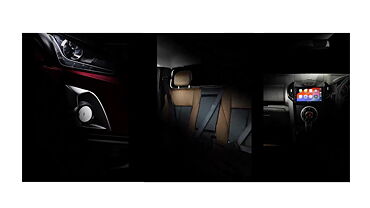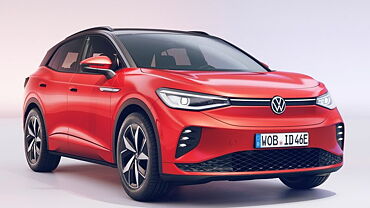Google’s driverless car might be in its development phase, but semi or partially autonomous vehicles are already on sale. Many automakers are working on the semi-autonomous driving technology and planning to offer feet-off-the-pedals, hands-off-the-wheel and various other automated functions in cars. Semi-autonomous cars include artificial intelligence, mechatronics and multi-agent system to assist driver.
There are various semi-autonomous vehicles equipped with multiple automation applications such as vehicle tracking system, anti-lock braking system (ABS), electronic brake-force distribution (EBD), traction control system (TCS), electronic stability control (ESC), rear-view alarm, four-wheel drive (AWD) and dynamic steering response (DSR).
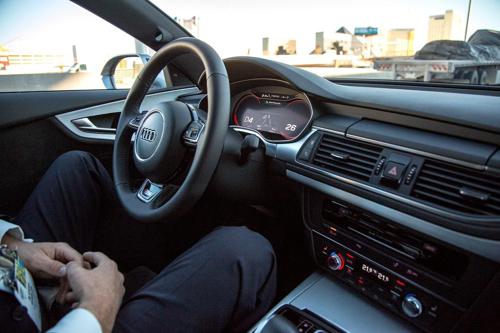
Vehicle tracking system
A vehicle tracking system has automatic vehicle location device (GPS), with a central server and software that collects data for monitoring vehicle’s location. It’s commonly used for on-board information, routing, tracking, dispatching and security purposes.
Anti-lock braking system (ABS)
Anti-lock braking system (ABS) is a safety feature that prevents wheel lock-up by maintaining traction contact between tires and road surface during braking. It also improves vehicle control and reduces stopping distances on slippery and dry surfaces. It works like an emergency braking system of the autonomous vehicles. ABS is mandatory in some countries, while in India most new cars or their top-variants are available with this advanced safety feature.
Electronic brake-force distribution (EBD)
The electronic brake-force distribution (EBD), usually, comes combined with ABS or brake assist in many modern cars. It distributes the braking force or pressure to all wheels of the vehicle. The pressure distribution depends on the speed, road conditions and various other factors.
Traction control system (TCS)
A traction control system (TCS) prevents the loss of traction between the tires and road surfaces. The system gets activated when the engine torque and throttle input vary with the road surface conditions.
Electronic stability control (ESC)
Electronic stability control (ESC) is also known as dynamic stability control or electronic stability program. It detects the loss of traction or steering control and applies brakes for improving a car’s stability.
Rear-view alarm or parking sensors
Parking sensors help park and reverse a vehicle safely. Just like autonomous vehicles’ automatic parking system, it identifies obstacles or objects distance by bouncing the electromagnetic waves, emitted by the sensors, and display the calculated distance on board.
Four wheel drive (AWD)
A four wheel drive (AWD) or 4X4 drive setup provide engine power to all four wheels of the vehicle. It combines with an anti-slip technology, usually hydraulic based, enabling front and rear drive shafts differentials to rotate at different speeds, while delivering torque from a poor traction wheel to a better one.
Dynamic steering response (DSR)
Dynamic steering response (DSR) directs the electric or hydraulic power steering system according to the car’s speed and road surface conditions. It improves vehicle’s maneuverability, high speed stability and driving comfort. It also reduces steering efforts at low revs, despite heavy loading.



